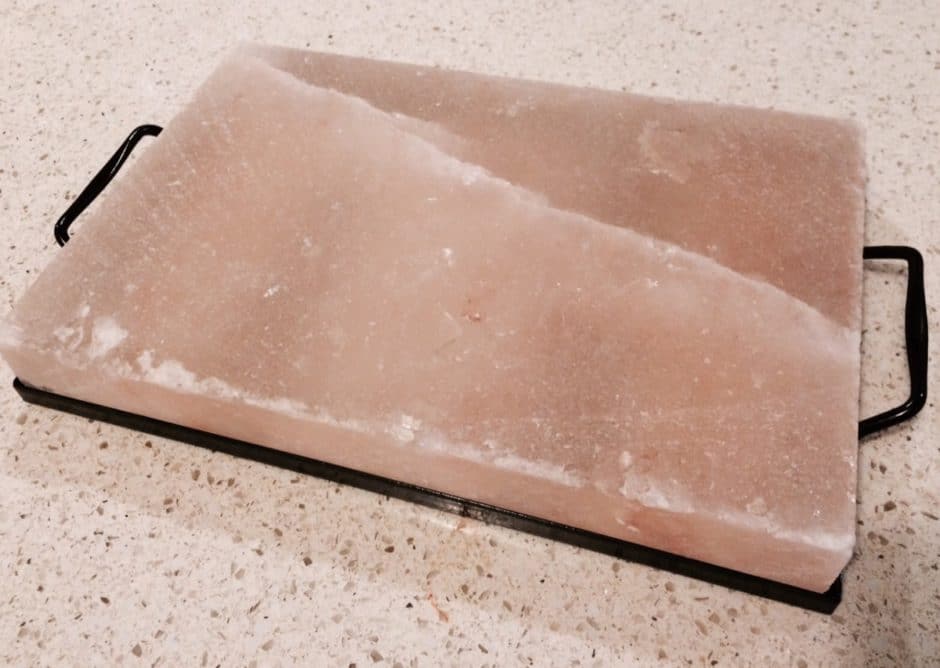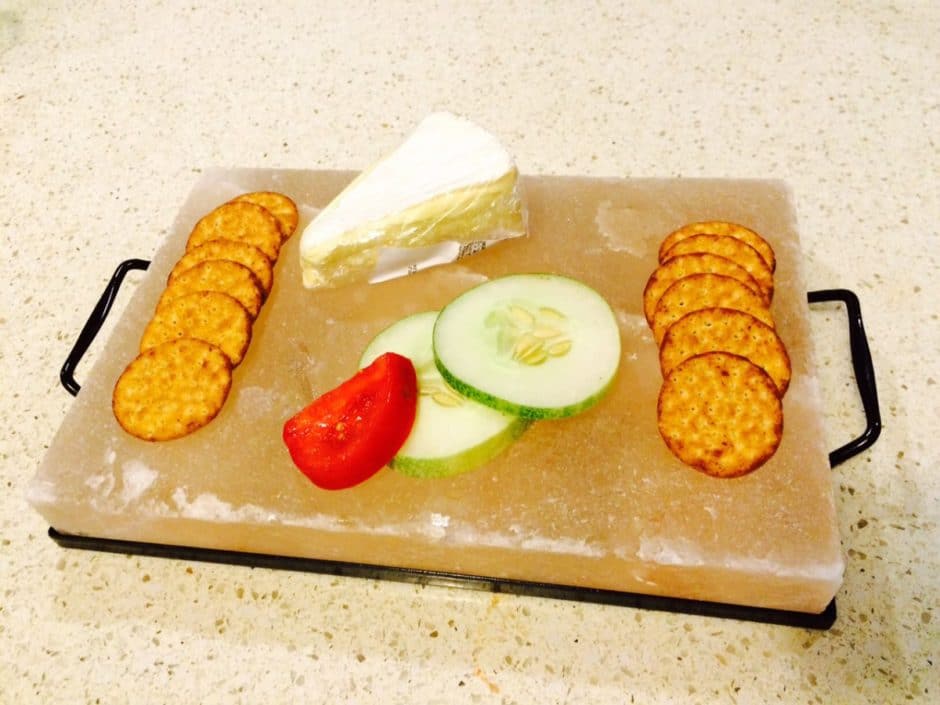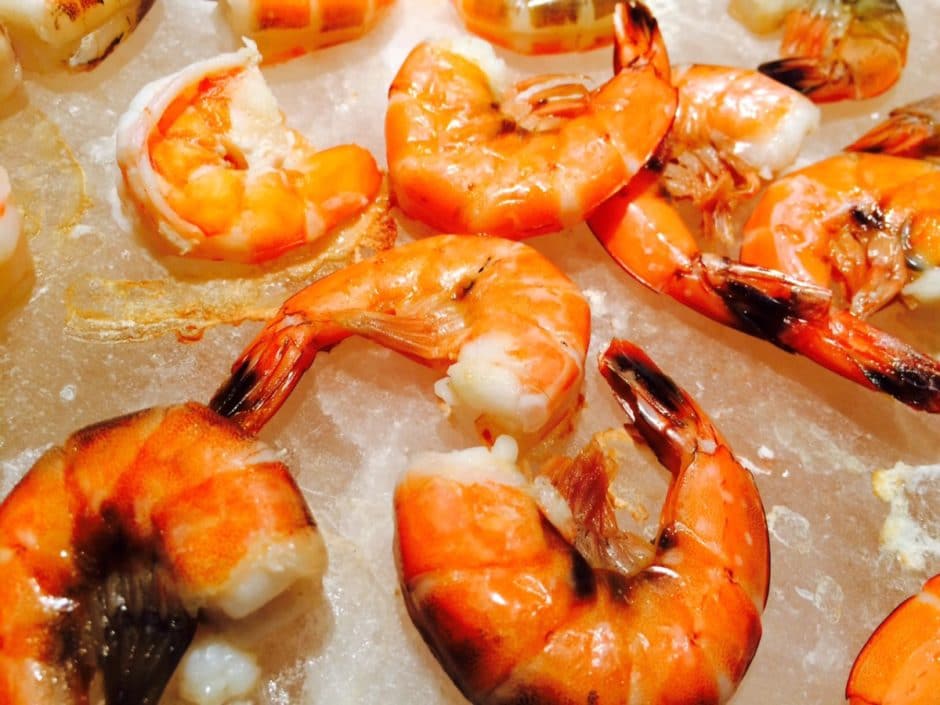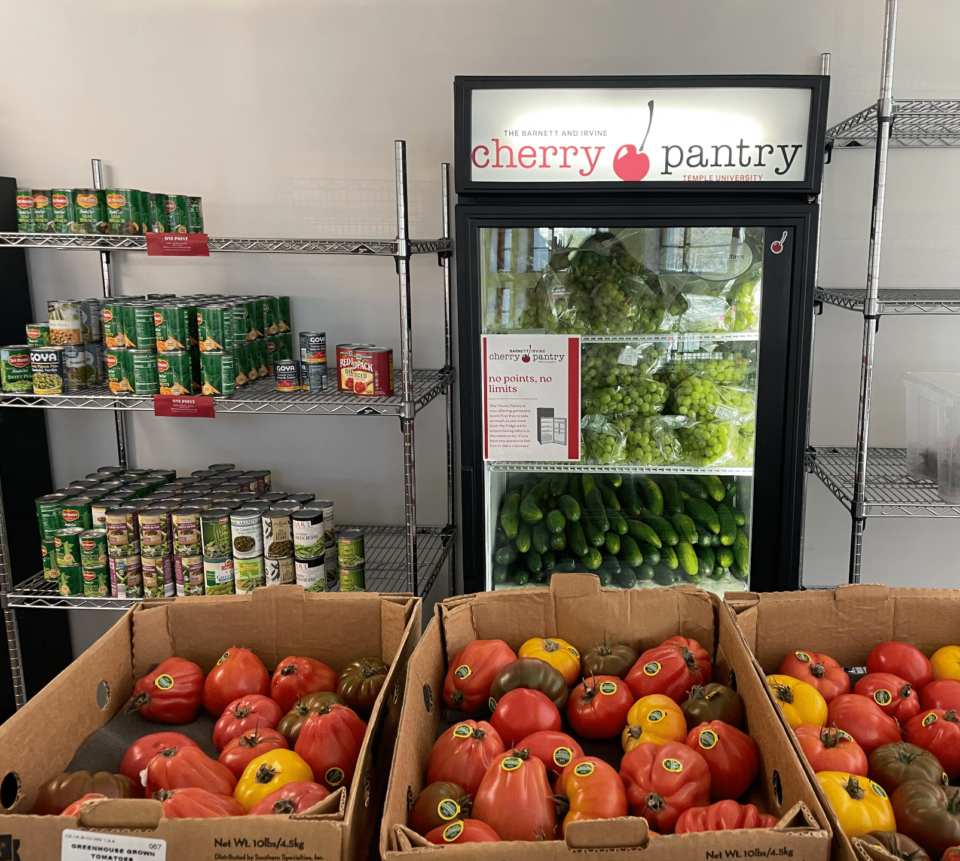This summer take a walk on the natural side and do some chilling, grilling and serving with trace minerals and million-year-old salt with a Himalayan Salt Block.
These salt “plates” come from ancient Himalayan sea-salt deposits harvested in tunnels way underground, and truly are 100% Himalayan sea salt. They are then hand-cut into plates or blocks. The mineral-rich pink plate imparts a delicate finish to all food and inspires chefs of all ages to get creative.
Purchase a salt plate or block at a reputable kitchen store: Sur La Table, Williams Sonoma or Crate and Barrel. Most salt plates or blocks are around 12” x 12” or 12” x 8” and can be a half-inch to a full 2 inches thick. They are heavy, so be careful transporting. Once home, unwrap and carefully brush off any loose pieces or salt dust.
Grilling
A Himalayan salt plate can withstand temperatures of 500 degrees, which makes it a perfect grilling companion. Set the salt block on the grill and slowly heat it, keeping it off direct heat for the first 15 minutes. Make sure it is completely dry or it could crack. Gradually bring it over the flames and place your desired dinner choice atop the plate, like pizza dough, chicken, fish, veggies or meats—all will cook nicely and evenly, and the salt plate will intermingle well with the taste of the food, giving a fresh, subtle flavor.
The salt block also works on a gas oven range or in the oven, but remember to slowly heat it up. The higher the moisture content within the food, the saltier the flavor. For example, fresh, raw, peeled shrimp will pull more essence from the plate than shelled shrimp will. Scallops taste great when seared on the plate as they do not need much time to cook.
For a less salty taste, gently cook a piece of fish, meat or poultry on the grill or stovetop, and then use the salt plate—quickly and heated to very hot—to sear and finish with a salty glaze for flavor rather than full cooking. The salt plate can even be used to “press” the food on the grill with other plates to impart more piquancy.
Many salt plates have a metal holder available for purchase, which protects the plate while serving and storing, so serving dinner directly from grill to table is an elegant presentation.
Chilling
Freeze the salt plate in the freezer for two hours, then place fruit, caramel, ice cream or sorbet directly atop the salt block for a distinctive arrangement that will give sweets an amazing finish. Sweet and salty is an amazing combo.
Serving
Having a party? Serving hors d’oeuvres? Of course you are.
Chill the salt block in the fridge or freezer for several hours. In the metal tray, serve tasty morsels atop the plate to keep crudités fresh and chilled shrimp and meats especially cool. Again, the salt plate looks quite unique and will infuse the salty flavor while chilling as well.
When cooking or serving on the salt plate, no additional salt of any kind is needed. And after using this exceptional piece of cookware/serveware, you’ll toss your table salt for good. Salt plates will literally last for years, slowly diminishing as they are used. Don’t ever put the plate in the microwave, as the heat is too intense.
When the block is completely cool, lightly scrub with a brush—do not use soap or any type of cleanser or cleaner. The plate is easy to clean and naturally anti-microbial. When fully clean and dry, store in a small bag or a salt-plate tote.
To summarize, using a salt plate in the kitchen means:
- A dramatic presentation
- Unique flavor
- Versatile cooking
- Long lasting
- Good value
Ready to test out a salt plate? Below you’ll discover two simple recipes that’ll easily get you hooked on cooking with a salt plate:
Recipe: Lemon Shrimp
Ingredients:
- Pound of fresh, wild-caught shrimp
- 2 Tbsp of lemon oil or fresh lemon juice
Method:
- Gently mix lemon with raw shrimp, keeping the shells on.
- Pre-heat the salt plate on the stovetop gas range or on the grill, near the flame.
- After 15 minutes, the salt block can rest directly over the flames, still keeping on low.
- Let shrimp marinate while the plate is heating.
- After 40 minutes, gently place shrimp onto salt plate.
- Let cook for 5 minutes, and then flip over. Do not touch salt plate directly, as it will be very hot.
- Shrimp and seafood cook fairly quickly; turn the flame off when shrimp is pink and cooked through. Block will retain heat for at least an hour.
- Let cool and gently clean with a fresh sponge, let air dry and carefully store.
Recipe: Salty Choco-Caramel Banana Bites
Ingredients:
- 2–3 fresh bananas
- 1 cup of good melted chocolate, like Harry & David dark chocolate truffles
- 6 Kraft Caramel squares, partially melted
Method:
- Chill salt plate in freezer for 2–3 hours.
- Cut bananas into 1” chunks.
- Carefully dip banana chunks into melted chocolate, place on a plate with waxed paper and chill in fridge for 15 minutes.
- Next, dip the chocolate-dipped banana chunks halfway into the melted caramel squares.
- Place on plate with wax paper in fridge to fully cool.
- After 15 minutes, take the chilled salt block out of the freezer and the dipped bananas out of the refrigerator.
- Carefully arrange banana bites on the chilled plate and serve.
- Photos: Christine Tarlecki






